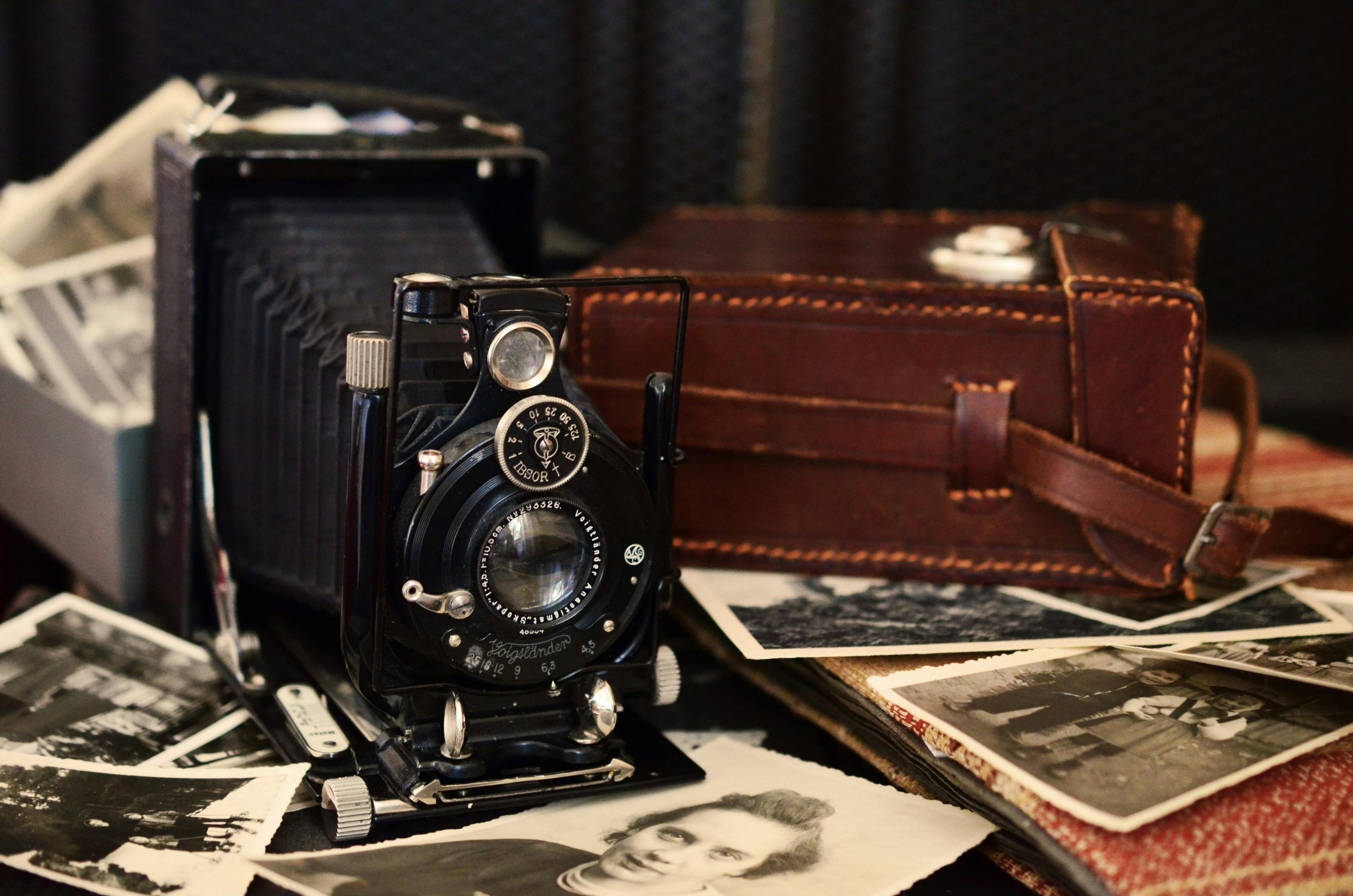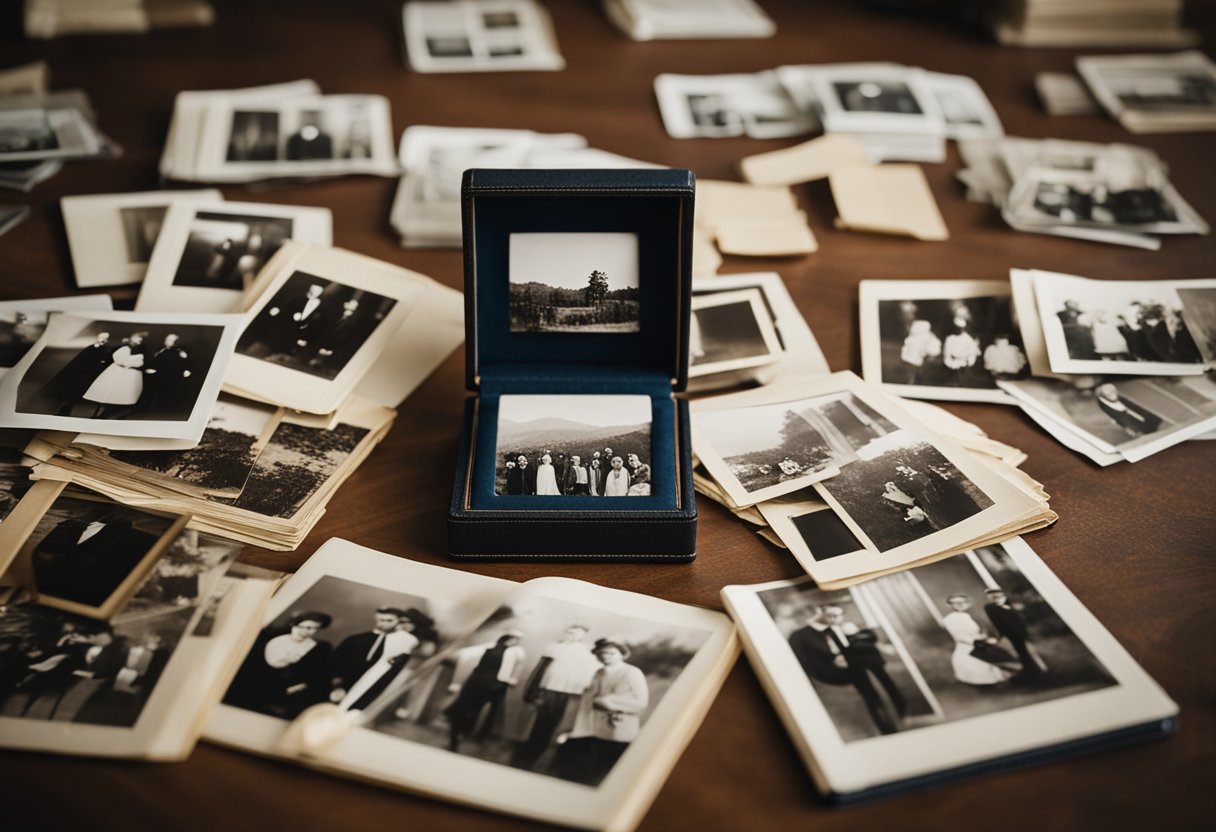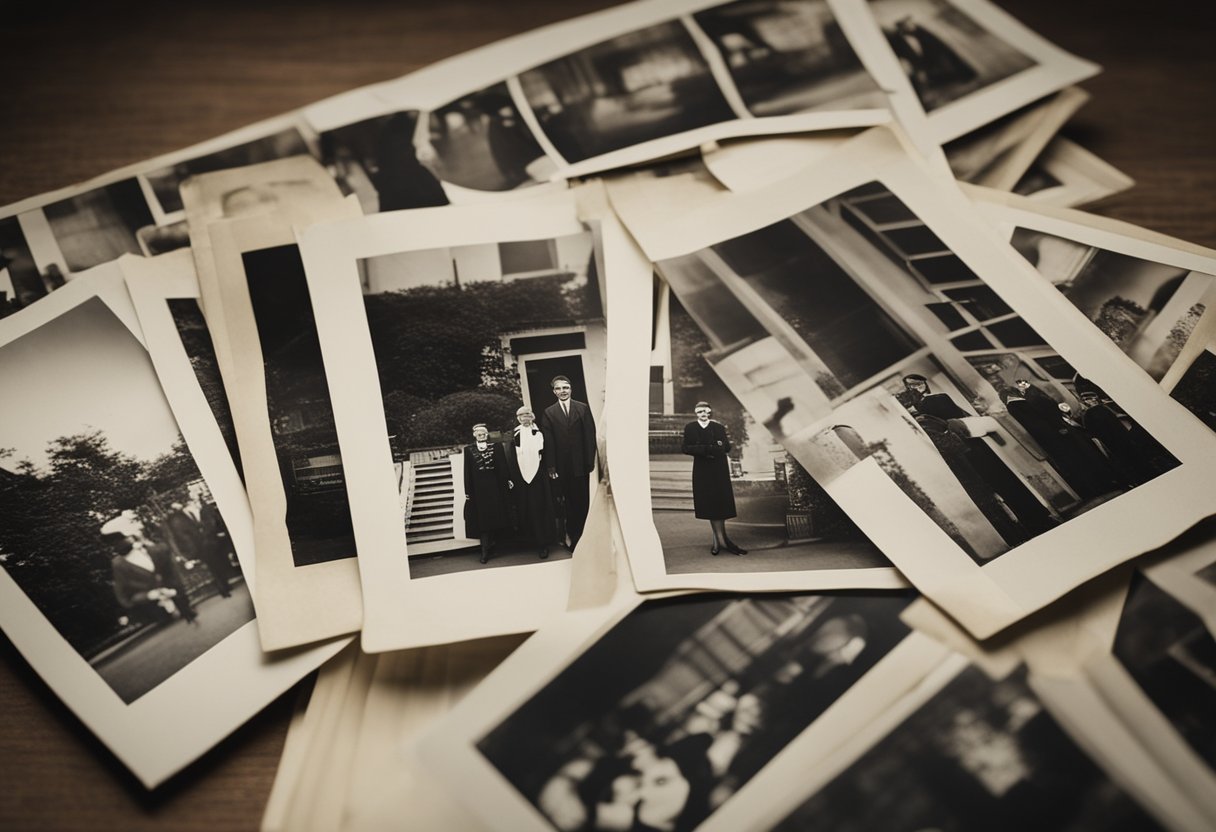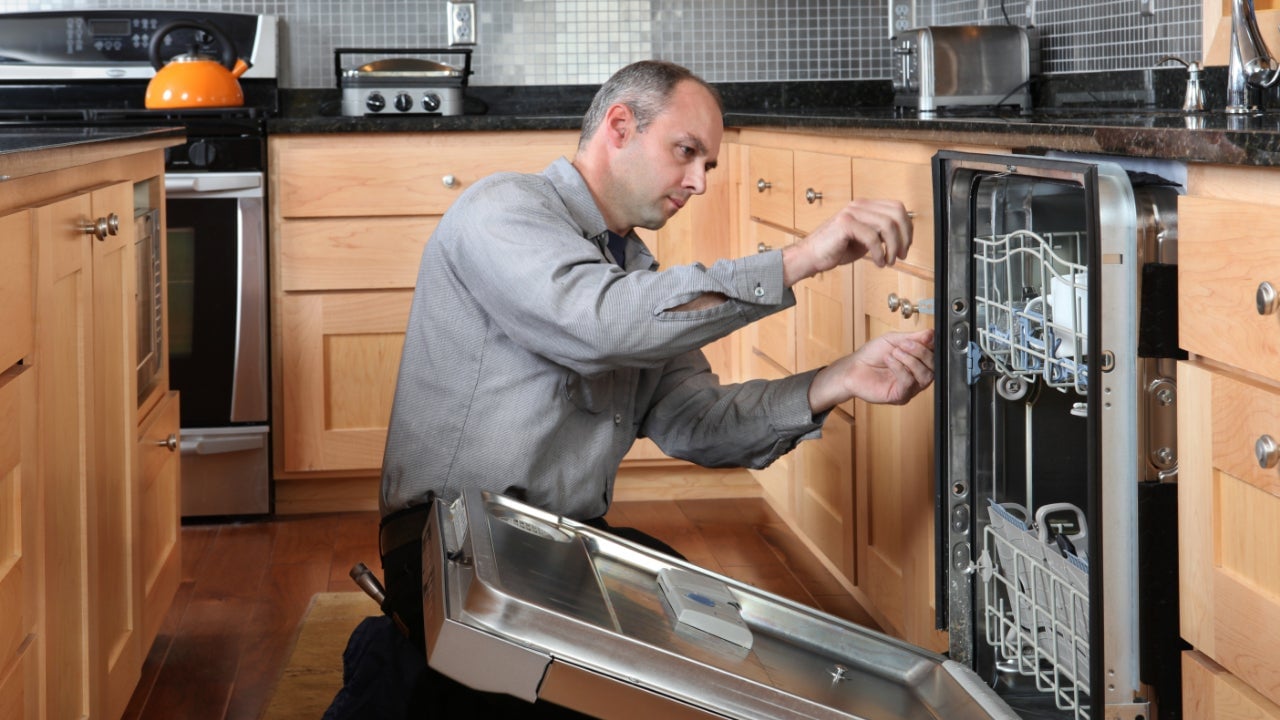Simple Do’s & Don’ts Of Displaying (And Preserving) Old Family Photos

Table of Contents
Preserving old family photos is a valuable endeavor that allows you to maintain a tangible connection with your heritage and share memories with future generations.
These photographs serve as a visual narrative of your family’s history, capturing moments from daily life, celebrations, and milestones that define your collective past.

To ensure these photographs withstand the test of time, it is essential to implement proper preservation techniques. Damage prevention is key, and this involves understanding the environmental and physical factors that can compromise the integrity of your photos.
Maintaining stable storage conditions, using the right materials for archival, and implementing an organized system for easy access are fundamental practices.
By actively preserving your family photos, you protect more than just paper and ink; you safeguard the stories and the legacies that those images represent. Whether you’re looking to save your child’s drawings or century-old family portraits, taking the right steps today will make all the difference for the enjoyment and appreciation of your family’s visual heritage for years to come.
Preservation Best Practices

When aiming to preserve old family photographs, it is essential to address storage, protection from environmental hazards, careful handling, digital preservation, and thorough documentation.
Choosing the Right Storage Solutions
To ensure the longevity of your old family photos, opt for storage options that provide stability and protection. Your photographs should be stored in acid-free albums, lignin-free boxes, or enclosures made from materials like polyester, polypropylene, or polyethylene.
These materials do not react with the photographs and help prevent chemical decay. When placing photographs in albums, ensure that you use archival quality paper to reduce the risk of deterioration.
Preventing Environmental Damage
- Humidity and Temperature: Store old photos in an environment that maintains stable humidity levels between 30-40% and a temperature below 75°F to prevent mold growth and brittleness. Avoid locations like attics, basements, and garages, where temperature and humidity tend to fluctuate.
- Protection from Pests: Keep your photographs in a safe workspace away from insects and rodents which are attracted to conventional storage materials like the typical cardboard box.
Proper Handling and Displaying
When handling family photos, always have clean hands or use cotton gloves to prevent oils from transferring onto the photo surfaces. When displaying photographs, keep them out of direct sunlight as they are sensitive to light and can fade quickly.
Use frames with UV-protective glass to shield them from light exposure and consider creating a new home photobook for a rotation display to reduce exposure of the originals.
Creating Digital Backups
Digital backups provide a fail-safe against physical damage. Periodically scan or take high-quality digital photos of your prints, color negatives, and slides.
Use a flatbed scanner with a resolution high enough to capture the detail in your photographs. Once digitized, save the digital copies in multiple locations, including an external hard drive and cloud storage, to safeguard your family history against loss.
Organization and Documentation
An organized collection enhances both preservation and accessibility. Label or catalog your photographs, detailing the content and any known historical context. Utilize genealogy research to deepen the information associated with each photo, which can be beneficial for both your immediate family and future generations interested in their ancestors.
Store them cohesively, grouping by type or date in well-documented folders or binders, and consider including them as part of a broader family tree project.
Advanced Preservation Techniques
Preserving old family photos requires meticulous care and attention to advanced techniques that will ensure longevity and fidelity.
This means understanding the specifics of different media types, restoring damaged photos effectively, implementing long-term archival strategies, and leveraging professional resources to maintain the integrity of your photographic heritage.
Dealing with Special Media Types
Old photo albums and aging slides are varied in their composition and require specific preservation methods. Store your prints and slides in archival-quality sleeves that are free of PVC, as plastics can release harmful chemicals over time.
For old photo albums, avoid overstuffing and use acid-free spacer boards to provide necessary support without causing damage to the album’s spine or photo surfaces.
Restoration of Damaged Photos
If your old photos exhibit signs of fading or if they have become moldy, a careful restoration process is advisable.
Begin by gently cleaning the photos with a soft, dry brush. If the damage is extensive, consult a restoration professional who can digitally restore the image without further damaging the physical media. Always handle these photos with gloves and support them with a rigid, acid-free backing during the process.
Long-Term Archival Strategies
To preserve your photos for generations, maintain a stable environment, ideally below 75 degrees Fahrenheit with consistent, moderate humidity. Use acid-free materials for any enclosures, and make sure that the storage area is free from sunlight to prevent fading.
For digital preservation, use a scanning service to create high-quality digital backups of your photos, and store them on multiple platforms.
Leveraging Professional Resources
Sometimes the best option for preserving your genealogy and family history is to seek out professional resources.
Consider consulting with institutions like the National Archives for guidelines on preservation best practices or hiring a scanning service familiar with archival standards to digitize your old photos and albums. Professionals can provide insight into the best materials and methods for keeping your memories safe.
Conclusion
In protecting your cherished family photos, you’re preserving your heritage for future generations. Ensure you store them in a cool, dry place, away from fluctuating temperatures, and handle them with care. By following these steps, your memories will be safeguarded, maintaining their integrity and sentimental value.






